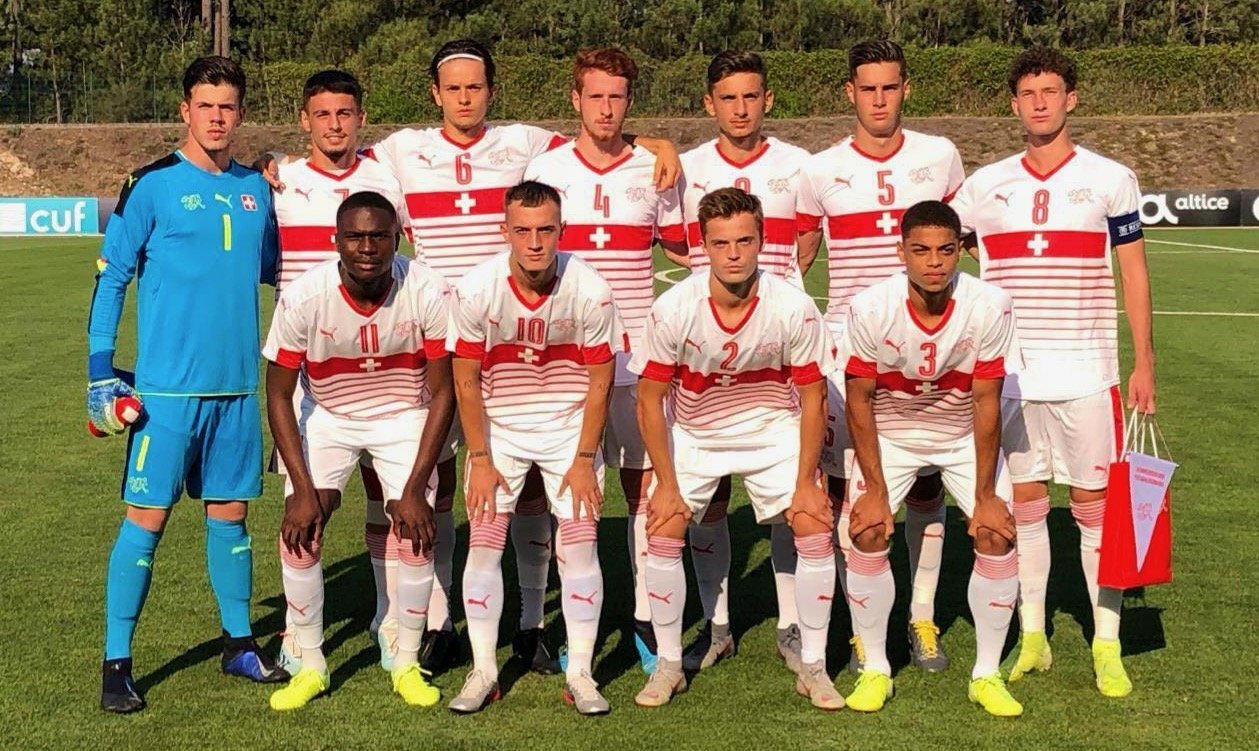Not familiar with Goals Saved Above Replacement? Click here to read about the methodology.
The 2020 MLS Season proved to be a tumultuous season for everyone involved. For MLS goalkeepers specifically, many struggled with consistency but the successful ones were able to rise above the hurdles and provide a stable foundation throughout the entire season, not swaying back and forth between great and abysmal performances. To evaluate each goalkeeper’s season, GSAR returns to break down each netminder’s output.
Here’s a brief explanation for the following chart:
GSAR - Goals Saved Above Replacement; a metric to gauge a goalkeeper’s performance against the rest of the league’s. For those unfamiliar with GSAR, please check out the explanation and rundown of the 2018 season or compare this year’s numbers with the 2019 results.
Shots, Misc, Passing - The three categories combine for the total GSAR output of a goalkeeper. “Shots” is focused exclusively on shot-stopping. “Passing” evaluates the goalkeeper’s success in helping create goal-scoring opportunities for his team. “Misc” is every other goalkeeper action wrapped into one. Although “Misc” covers a wide spectrum of actions, the reason they’re lumped together is because they’re not consistently repeatable actions from season-to-season. For example, penalty success for a goalkeeper in one season may look completely different as a goalkeeper faces only so many penalties each season. The most common actions that impact the “Misc” column include penalties, cross management, deflected shots, and slotted balls from the end line.
GSAR/90 - Each goalkeeper’s GSAR rating over a 90-minute span. Typically a good season is above +.05 a game while a great season is above +.15 each match.
Proj.Salary - An attempt to quantify a goalkeeper’s GSAR into a salary amount. The metric is admittedly erratic as teams don’t solely pay off of goals saved over the course of a season, as well as ask for different requirements in their respective goalkeeper. The metric is simply to give an idea of what the season would typically cost for a seasonal performance, not give the overall worth of the goalkeeper.
Underneath the table are three takeaways although I’ll eventually publish a team-by-team rundown of how each MLS goalkeeping core performed with a review of the predictions for the 2020 season. For now, every goalkeeper who earned at least 360 minutes is listed below, excluding goalkeepers who received less for the sake of simplicity. Goalkeepers who received less than 1000 minutes are separated to the bottom half of the chart in an attempt to break the list into starters and backups. The knockout stages of the MLS is Back tournament were counted as well.
Note: For mobile users, the table scrolls horizontally but switching your phone to landscape mode may provide a better view of the table.
Three Takeaways
Most goalkeepers finished around +/- 1 goal from center - The stop-and-go nature of the season mirrored most goalkeepers’ productions. 13 of the 25 goalkeepers with at least 1000 minutes were just on either side of a 0 GSAR. Compared to 2019 and 2018’s numbers, it was a little disappointing to see so few eclipse +1 GSAR and only have one goalkeeper surpass +.1 GSAR/gm (Matt Turner). In comparison, nine starting goalkeepers passed +.1 GSAR/gm in both 2019 and 2018.
The simplest explanation for the drought in standout performances can be linked to a lack of a stable year. This is perhaps best illustrated in Andre Blake and Marko Maric’s seasons. Blake got off to a hot start, tallying a +3.67 GSAR through July 26th while Maric struggled in the same time span (-2.81). However for the rest of the season, the Blake combined for a -1.88 while Maric rebounded with a +1.78. In any other year, Blake and Maric might have found more consistent momentum but 2020 proved to be difficult to find that rhythm.
More than most years, “miscellaneous” played a large role in a goalkeeper’s success - As stated above, miscellaneous covers a number of categories. Penalties played a large factor (with goalkeepers facing somewhere between 0-5 penalties in the 2020 season) while scrambles in the box or deflected shots could heavily influence a goalkeeper’s season, as shown by the unbelievable 2020 MLS Save of the Year from Eloy Room. Additionally, no goalkeeper saved more than half a goal’s worth through cross management, although this did help boost some goalkeeper’s GSAR.
The best way to interpret the miscellaneous category is to take it with a large grain of salt, knowing they might have a completely different 2021 season in the same category. For example, Melia received a +1.9 for his penalty heroics (saving both of the two he faced) while Tyton fell -1.4 for not saving any in the penalty shootout against Portland during the MLS is Back tournament. Had both goalkeepers faced more penalties, their performance would have become less extreme. In contrast, Joe Willis (+.49) and Stefan Frei (+.40) leading the league in cross management is more likely to be repeated, although how their defense allows opposing teams to attack will influence their quantity of crosses faced.
Matt Turner is still underrated - Over the last three years, Turner has blown away the competition in goals saved. Since 2018, Turner has amassed a staggering +16.22 GSAR (+.23 GSAR/gm). The second closest goalkeeper is 3.5 goals away and with 1600+ more minutes to their name (see the chart below for the top goalkeepers over the past three years).
Despite the dominance in goal, Turner has struggled mightily when it comes to the MLS Goalkeeper of the Year award, finishing a distant second behind Andre Blake. Although Turner looks to earn his first cap with the US Men’s National Team this week, it may be even longer before he earns his due in MLS.
GSAR 2018-2020 (Top 15)


